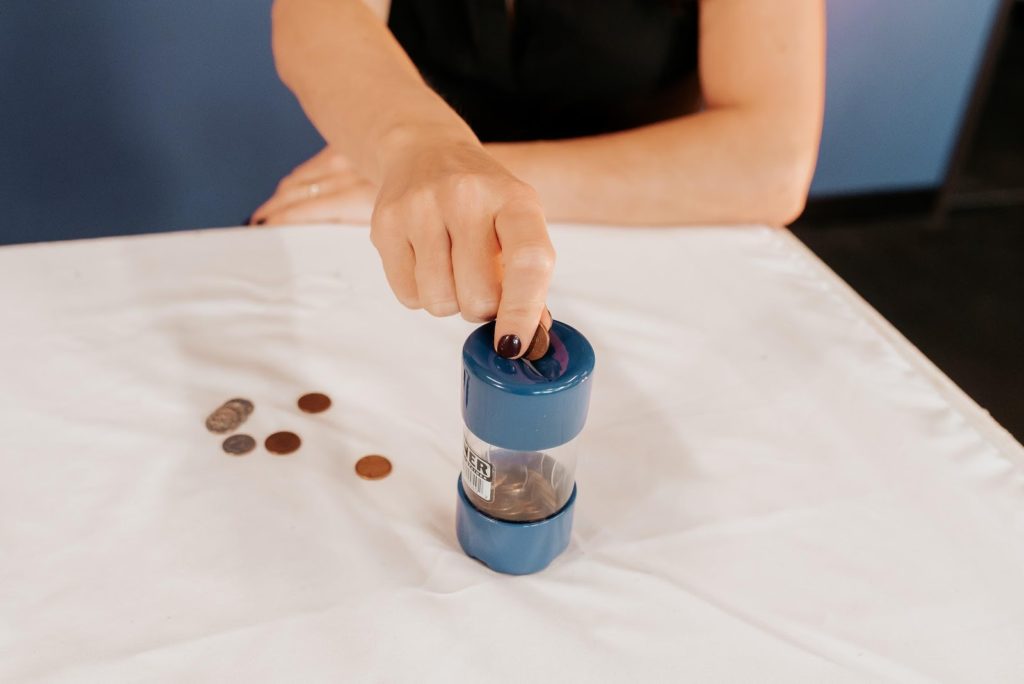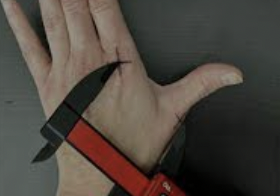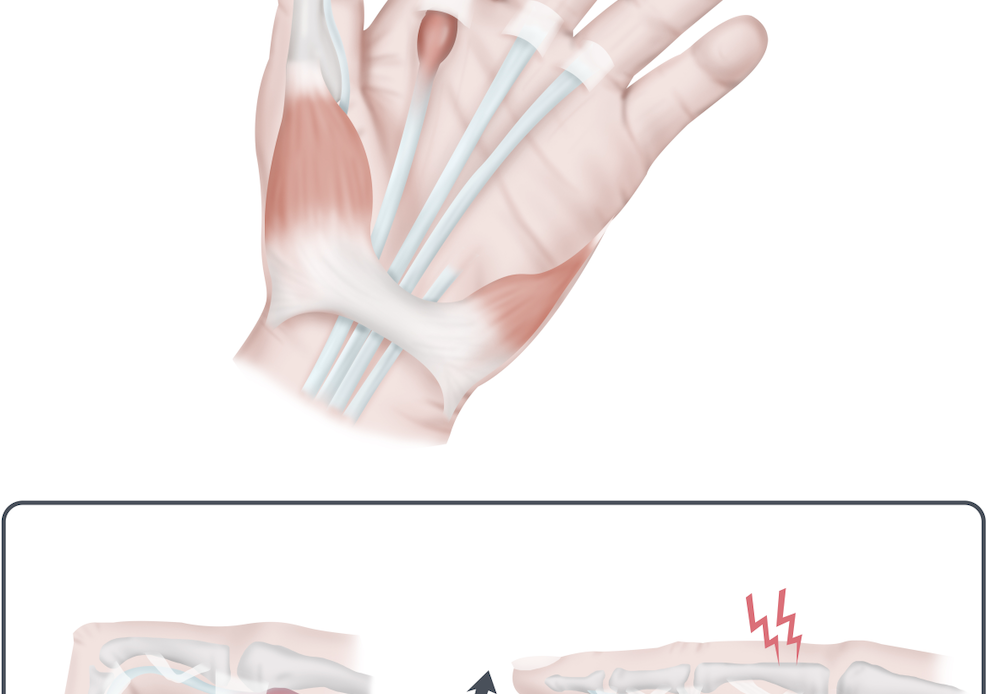How to Use Translation for Improving Fine Motor Skills after a Hand Injury:
Filed under Treatments
I’m always looking for new therapy ideas. I want to keep my patients interested and engaged in therapy. I also want to keep things functional and task oriented. So much of what we do with our hands is about fine motor coordination and dexterity, and that is so hard to duplicate in a clinic setting. Using translation gives me a task to work on fine motor skills and dexterity that is gradable and functional.
So, How does it work?! What fine motor exercises for hands are there?

The Basics of fine motor skills therapy – I lay a pile of small objects on the table and an open container for the client to put them into. What object I use depends on the client’s level. We’ll get to that later. Then, they use a 2-point pincer grasp to pick up one and shift it finger-to-palm. They do this a 3-4 more times. Each time shifting it fully to the palm. Then the objects are taken, one at a time, from palm to pincer grasp and dropped into the container.
“Using translation gives me a task to work on fine motor skills and dexterity that is gradable and functional.”
Special Rules – To keep the client from cheating and to meet the purpose of the task we have a few special rules.
- No using momentum to ‘throw’ the object from palm to finger. They need to use finger and thumb motion to advance the object.
- No using gravity to let the object fall from palm to fingers. AKA: no cheating
- Take it all of the way to the tips of index and thumb. It’s harder but it matters.
Make it fit – This task is highly scalable to meet the client’s needs and the ‘just right challenge’. Here is the sequence I use as the client improves:
- Slow foam squares cut into ¾” squares
- Squares mixed with marbles (pick up 2 of each) and sorting them for sensation work.
- Mancala pieces or just plain marbles
- Coins – Pick them up off a towel if flat on a table is too much
Bonus!! – Aside from the obvious benefits there are a few other added extras that pop up. Sometimes I even use these as the primary reason for picking this task.
Supination/pronation – The forearm is pretty darn active during this whole process
Tactile work – Stereognosis and discrimination skills can be refined with this task
Thumb work – When done right, the thumb is getting a solid workout (e.g. Joint stiffness work)

Whatever you want…
This task can be converted into whatever you want it to be. Use dice to play a game. Use grapes or other food for a self feeding goal. Use small beads and work on ‘storing’ the extras in the ulnar side of the palm while stringing the bead. The options are ENDLESS! This is one of my favorite tasks and I can’t wait for you to try it and tell us what you think.
6 Comments
Leave a Comment
More To Read
Hand Therapy Marketing 101
Marketing 101 – 5 Tips for Your Therapy Clinic Confession: I hate marketing. It’s my least favorite part of my job. It is so hard to open yourself up to that much rejection but still stay positive. It feels like the professional version of blind dating, except the other person probably already has a significant…
Read MoreTHUMB ABDUCTION IN PATIENTS WITH CMC ARTHRITIS? HOW DO YOU MEASURE?
Article Review THUMB ABDUCTION IN PATIENTS WITH CMC ARTHRITIS? HOW DO YOU MEASURE? Corey McGee PhD, OTR/L, CHT , Virginia O’Brien OTD, OTR/L, CHT , Jennifer Skye MS, OTR/L, CHT , Katherine Wall MOT, OTR/L , Thumb Carpometacarpal Palmar and CMC Radial Abduction in Adults with Thumb Carpometacarpal Joint Pain: Inter-rater Reliability and Precision of…
Read MoreWound Healing Complications in Diabetic Patients who have undergone a Carpal Tunnel or Trigger Finger Release
By: Amalia Garcia Gundlach, B. K., Robbins, C. B., Lawton, J. N., & Lien, J. R. (2021). Wound Healing Complications in Diabetic Patients Undergoing Carpal Tunnel and Trigger Finger Releases: A Retrospective Cohort Study. The Journal of Hand Surgery, S0363502321003014. https://doi.org/10.1016/j.jhsa.2021.05.009 The Skinny – carpal tunnel and diabetes In general, individuals with diabetes are more…
Read MoreSign-up to Get Updates Straight to Your Inbox!
Sign up with us and we will send you regular blog posts on everything hand therapy, notices every time we upload new videos and tutorials, along with handout, protocols, and other useful information.






I could not refrain from commenting. Perfectly written!
Thanks! Glad you liked it.
It´s such a great exercise! Thank you for the Idea!
I used buttons of different sizes and let my patients stack them to little towers.
I must appreciate the way you have expressed your feelings through your blog!
I was searching, I SaW YoUr Blog, I ReAd YouR Blog, You Surprised Me. This is the Day, I HaVe learned a Good Thing by ReaDinG!
Thank you so much, this information is invaluable, fell and broke my wrist, was allowed a few weeks of therapy, but your suggestions along with what I learned in therapy is wonderful.. By the way the first fall to injure my self at 85